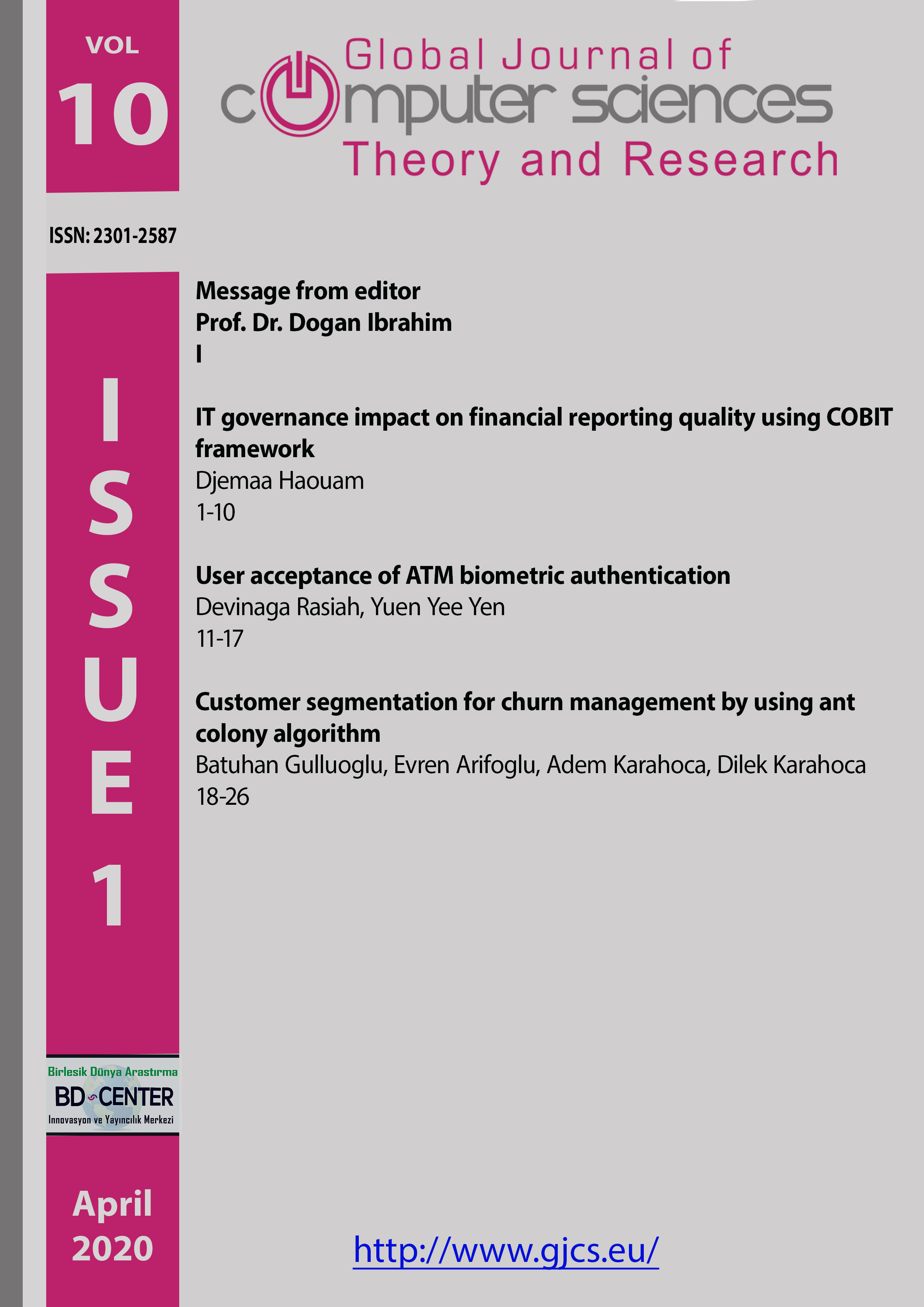Customer segmentation for churn management by using ant colony algorithm
Main Article Content
Abstract
It is extremely important for companies to set customer priorities and act in line with these priorities. The ant colony algorithm is used to perform customer segmentation. To do this, the shortest path approach was chosen. Besides, clustering is done by the Euclidean distance formula in the ant colony algorithm. The customer segmentation attributes are mostly related to the satisfaction factors, but some of them were eliminated by using ranker. These results are mostly related to the customer’s income, tenure, equip call card and reside. These attributes are the most important satisfaction factors not to lose customers as expected. There are many reasons in changing GSM operator for subscribers, and it is very important for companies to predict if subscriber will change GSM operator or not. For this reason, companies that give GSM services have to monitor subscribers’ behaviour and predict one step forward. In this study, changing subscribers’ GSM operator will be predicted by using data mining techniques.
Keywords: Ant colony, churn management, customer segmentation, data mining.
Categories: I.2.1, I.2
Downloads
Article Details

This work is licensed under a Creative Commons Attribution 4.0 International License.
Global Journal of Computer Sciences: Theory and Research is an Open Access Journal. All articles can be downloaded free of charge. Articles published in the Journal are Open-Access articles distributed under CC-BY license [Attribution 4.0 International (CC BY 4.0)]
Birlesik Dunya Yenilik Arastirma ve Yayincilik Merkezi (BD-Center) is a gold open access publisher. At the point of publication, all articles from our portfolio of journals are immediately and permanently accessible online free of charge. BD-Center articles are published under the CC-BY license [Attribution 4.0 International (CC BY 4.0)], which permits unrestricted use, distribution, and reproduction in any medium, provided the original authors and the source are credited.
